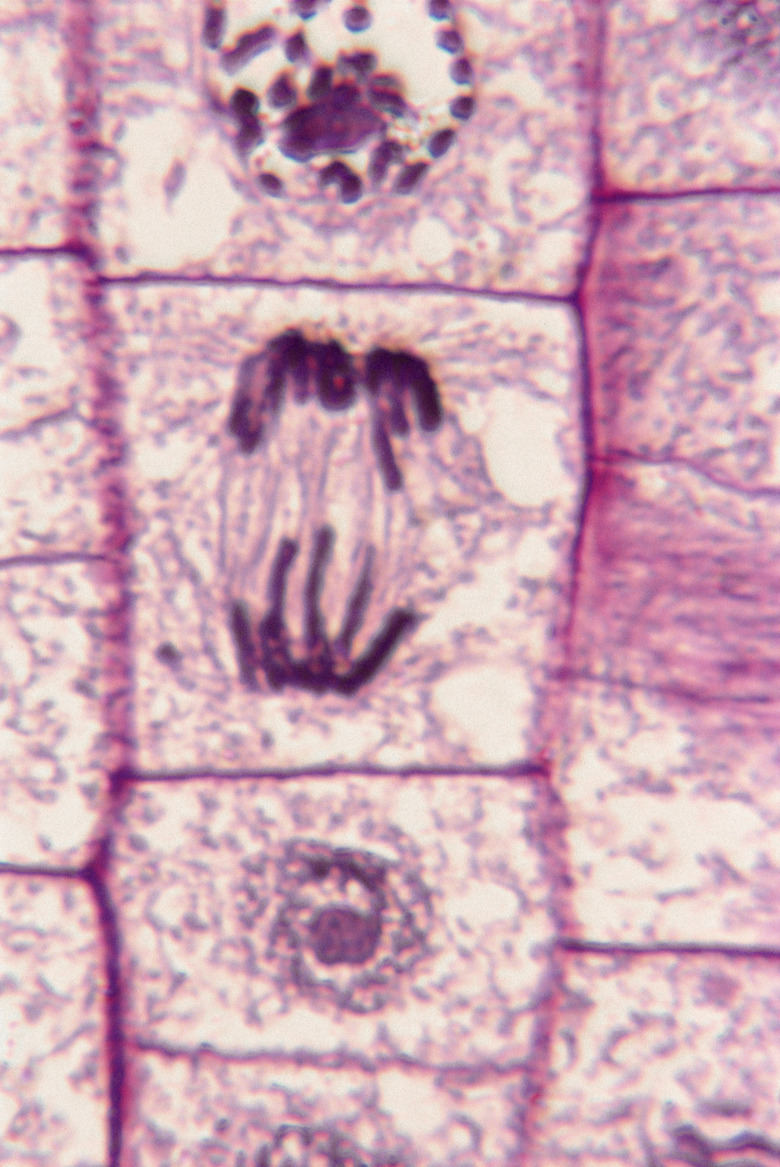How Does Glycolysis Occur?
Glycolysis is the universal biochemical process that converts a nutrient (the six-carbon sugar glucose) into usable energy (ATP, or adenosine triphosphate). Glycolysis takes place in the cytoplasm of all living cells, kept flowing along by a flurry of specific glycolytic enzymes.
While the energy yield of glycolysis is, molecule for molecule, far less than that gained from aerobic respiration – two ATP per glucose molecule consumed for glycolysis alone vs. 36 to 38 for all of the reactions of cellular respiration combined – it is nevertheless one of nature's most ubiquitous and dependable processes in the sense that all cells use it, even if not all of them can rely solely on it for their energy needs.
Reactants and Products of Glycolysis
Reactants and Products of Glycolysis
Glycolysis is an anaerobic process, meaning that it does not require oxygen. Be careful not to confuse "anaerobic" with "occurs only in anaerobic organisms." Glycolysis occurs in the cytoplasm of both prokaryotic and eukaryotic cells.
It starts when glucose, which has the formula C6H12O6 and a molecular mass of 180.156 grams, diffuses into a cell through the plasma membrane down its concentration gradient.
When this happens, the number-six glucose carbon, which sits outside the primary hexagonal ring of the molecule, immediately becomes phosphorylated (i.e., has a phosphate group attached to it). The phosphorylation of glucose makes the molecule glucose-6-phosphate (G6P) electrically negative and thus traps it inside the cell.
After another nine reactions and an investment of energy, the products of glycolysis appear: two molecules of pyruvate (C3H8O6) plus a pair of hydrogen ions and two molecules of NADH, an "electron carrier" that is crucial in the "downstream" reactions of aerobic respiration, which occur in the mitochondria.
Glycolysis Equation
Glycolysis Equation
The net equation for the reactions of glycolysis may be written as this:
**C6H12O6 + 2 Pi + 2 ADP + 2 NAD+**→ **2 C3H4O3 + 2 H+ + 2 NADH + 2 ATP**
Here, Pi represents free phosphate and ADP stands for adenosine diphosphate, the nucleotide that serves as the direct precursor of most of the ATP in the body.
Early Glycolysis: Steps
Early Glycolysis: Steps
After G6P is formed in the first step of glycolysis under the direction of the enzyme hexokinase, the molecule is rearranged without a loss or gain of atoms to fructose-6-phosphate, another sugar derivative. Then, the molecule is again phosphorylated, this time at the number-1 carbon. The result is fructose-1,6-biphosphate (FBP), a doubly phosphorylated sugar.
While this step requires a pair of ATP as a source of the phosphorylations that occur here, these are not shown in the overall glycolysis equation because they are canceled out by two of the four ATP produced in the second part of glycolysis. Thus the net production of two ATP really means an initial "buy-in" of two ATP to produce four ATP in all at the end of the process.
Later Glycolysis: Steps
Later Glycolysis: Steps
The six-carbon, doubly phosphorylated FBP is split into a pair of three-carbon, singly phosphorylated molecules, one of which quickly rearranges itself into the other. Thus the second part of glycolysis kicks off with the production of a pair of glyceraldehyde-3-phosphate (GA3P) molecules.
Importantly, everything that happens from this point forward is doubled with respect to the overall reaction. Thus as each molecule of GA3P is systematically rearranged into pyruvate while resulting in the production of two ATP and a NAD, the total tally rises by twice that. At the end of glycolysis, two pyruvate stand ready to be sent toward the mitochondria as long as oxygen is present.
- If oxygen is limited, as during intense exercise, **fermentation** occurs. The pyruvate is converted to lactate, which generates enough NAD+ to allow glycolysis to continue.
Cite This Article
MLA
Beck, Kevin. "How Does Glycolysis Occur?" sciencing.com, https://www.sciencing.com/glycolysis-occur-12025059/. 11 June 2019.
APA
Beck, Kevin. (2019, June 11). How Does Glycolysis Occur?. sciencing.com. Retrieved from https://www.sciencing.com/glycolysis-occur-12025059/
Chicago
Beck, Kevin. How Does Glycolysis Occur? last modified March 24, 2022. https://www.sciencing.com/glycolysis-occur-12025059/
